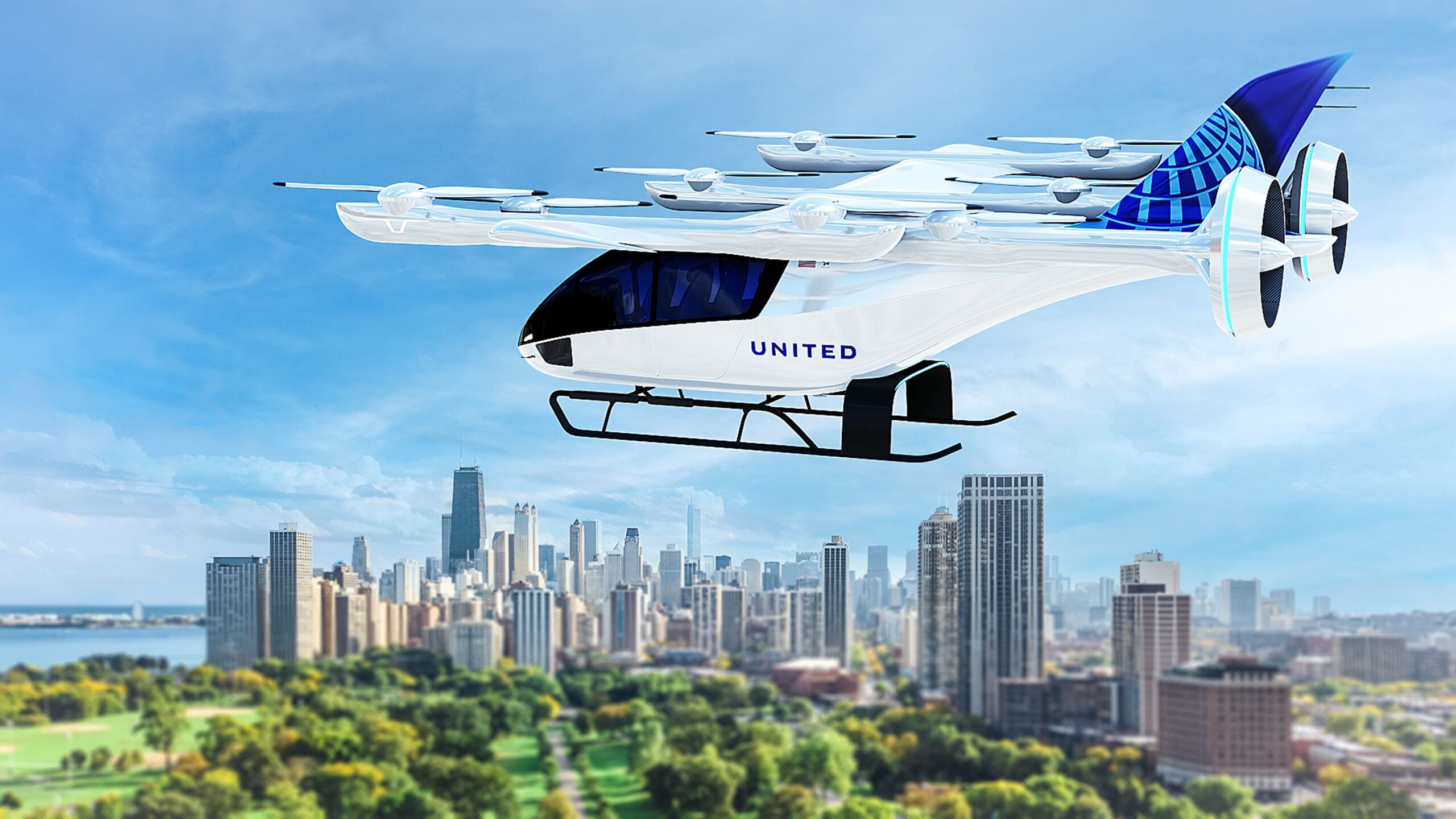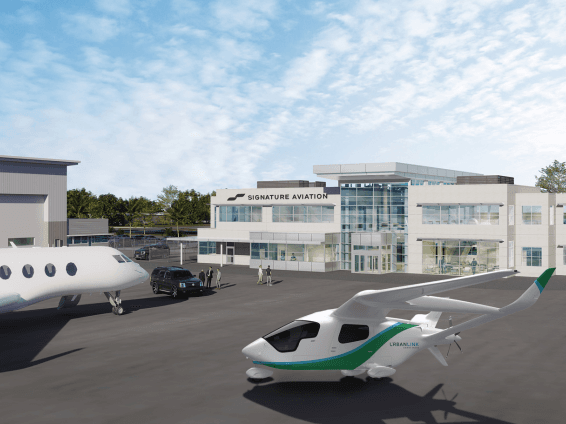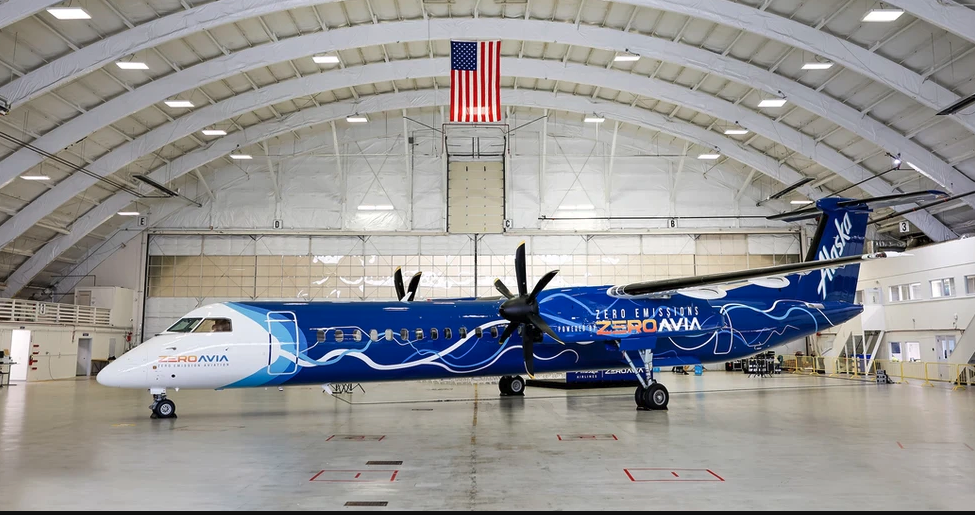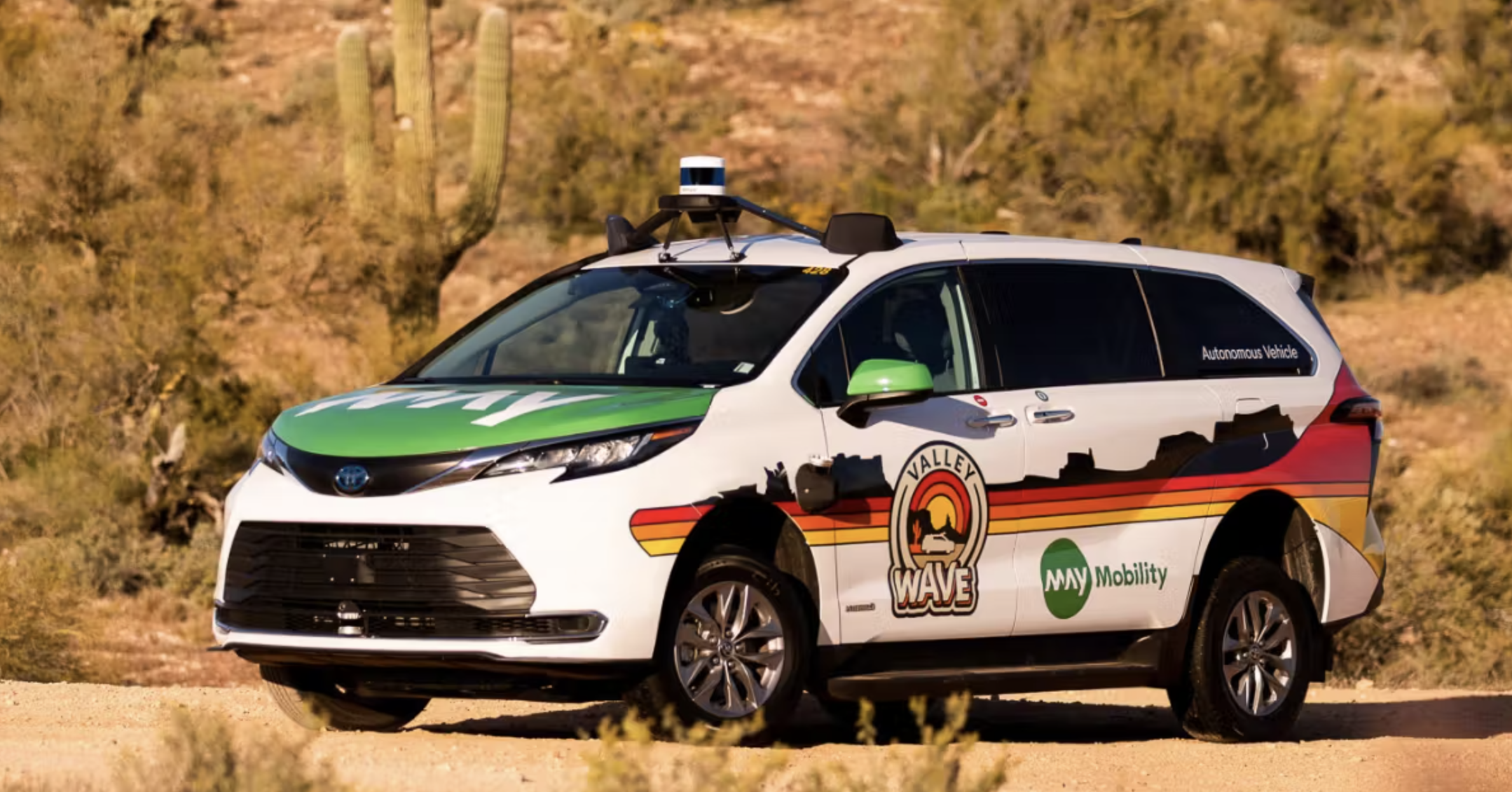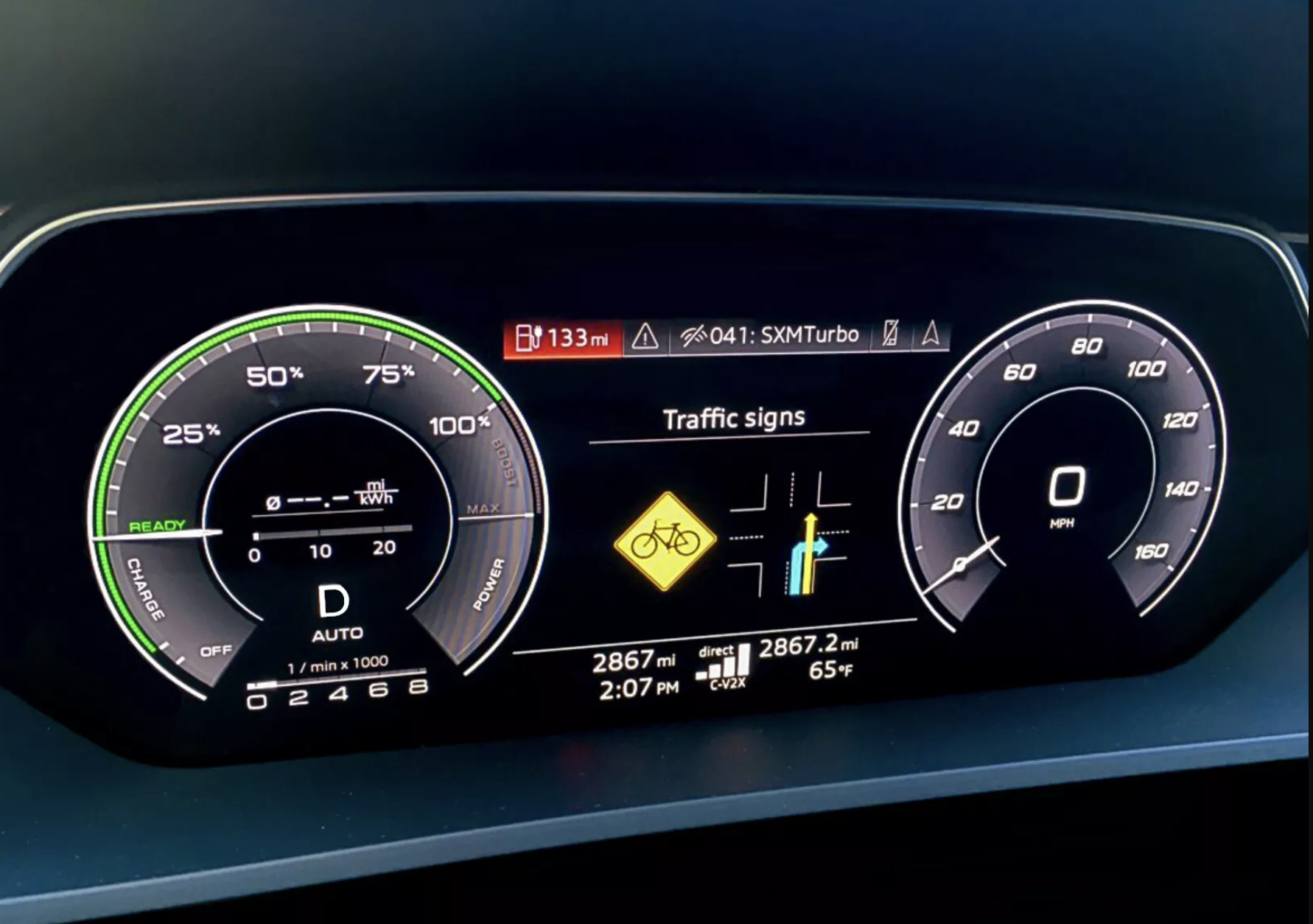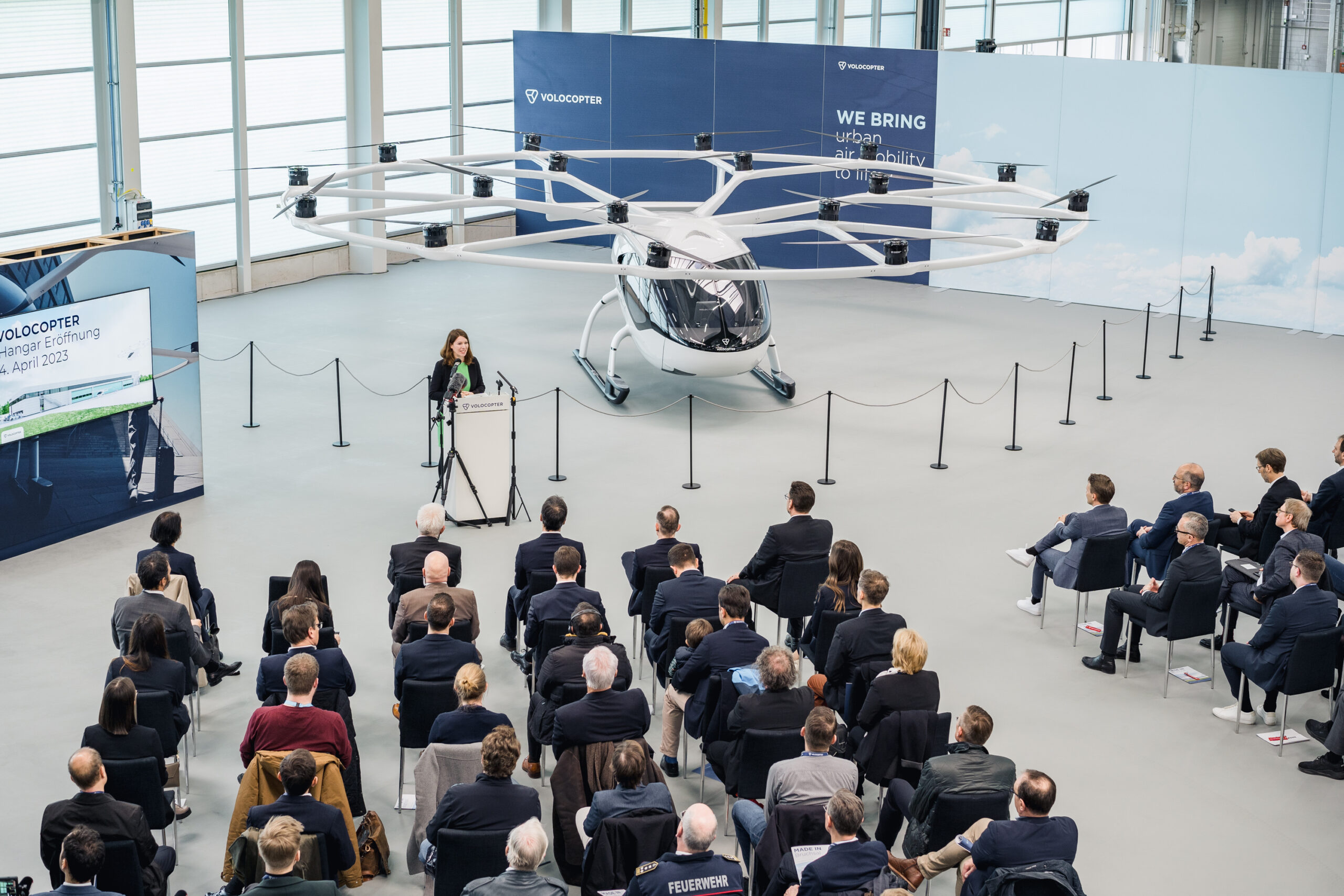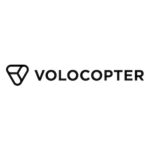The Federal Aviation Administration (FAA) has released an updated blueprint for US airspace to accommodate future air taxis and other advanced air mobility (AAM) operations.
Under the blueprint, AAM operations will initially fly much as helicopters do today while their initial rollout remains low.
They will use existing routes and infrastructure such as helipads and early vertiports, and pilots will communicate with air traffic controllers where required.
However, as operations increase, air taxis are expected to fly across a greater number of corridors between major airports and vertiports in city centres.
The FAA recognises that the complexity of these corridors could increase over time from single one-way paths to routes serving multiple aircraft flying in both directions.
With this evolution, the FAA also anticipates that aircraft technology will evolve. Aircraft automation and real-time data sharing between aircraft is then expected to play greater roles in safely monitoring these corridors.
To plan for these developments, the FAA has developed the blueprint in collaboration with NASA and industry stakeholders.
The blueprint aims to provide a common frame of reference to the FAA, NASA and the industry to help guide future research and decision-making.
Along with certifying the aircraft and pilots, this framework is a key milestone in the FAA’s efforts to safely support the future of aviation.

